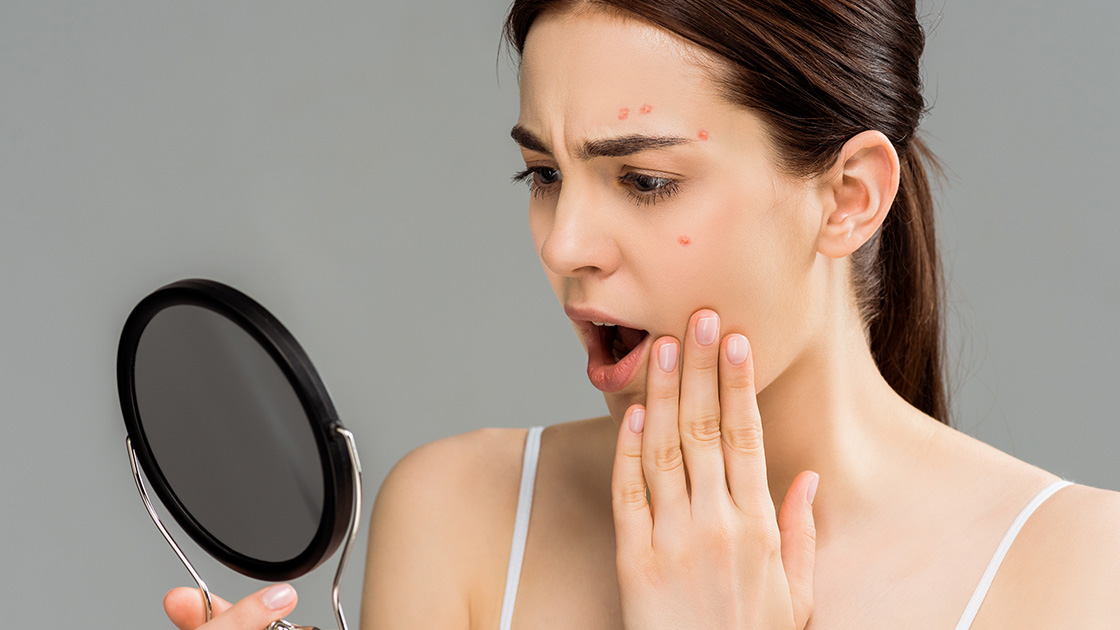Acne is a complex skin condition characterized by various factors like follicular hyperkeratinization, microbial colonization, sebum overproduction, and inflammation. Traditional treatments involve topical and oral medications but have limitations such as adverse effects, antibiotic resistance, and incomplete prevention. Laser therapy, specifically with the 1064 nm emerges as an alternative, targeting sebaceous glands, bacteria, and inflammation. It reduces sebum production, eliminates acne-causing bacteria, and promotes skin rejuvenation. Laser therapy for acne has been clinically proven to be a safe and effective option, known for its ability to work rapidly and with lower recurrence rates.
Studies have demonstrated the effectiveness of laser therapy in treating acne. A randomized trial compared platelet-rich plasma injections with a long-pulsed Nd: YAG laser, showing that the laser was safe and effective in controlling both inflammatory and noninflammatory acne lesions. Pulsed dye laser (PDL) has also been studied, with multiple sessions significantly reducing acne severity. The Nd: YAG laser has more high-level evidence compared to other devices. Additionally, the DualPico laser workstation (532nm+1064 nm wavelength) has gained FDA approval for mild-to-severe acne treatment, targeting sebaceous glands. Electrothermolysis has also shown promise, reducing inflammatory acne lesions in a controlled trial.
Research has made great advances in treating acne with energy-based devices. Sebum-specific wavelength lasers represent one such innovation. “Such lasers target and penetrate deep enough into pilosebaceous units without overheating adjacent skin; and can offer long-term effective control of acne eruptions” according to Ross White, medical director of Dermatology Laser in Florida.
Although these novel treatments provide tremendous hope, their cost could prove prohibitive to certain patients. According to Robert, these treatments may cost thousands per session and will likely continue to require paying out-of-pocket expenses as they won’t likely be covered by insurance plans. As part of offering these procedures, it is also vital to discuss long-term safety and efficacy data. Robert noted that although “longer than one year data is yet to come in, laser therapy shows promising potential in preventing the formation of new acne. “, This fact should encourage patients since preventing flares means decreasing difficult-to-treat complications like scarring and postinflammatory hyperpigmentation.
Laser acne therapies are making great strides forward, given how widespread acne has become. Innovation strategies like laser therapy could be especially valuable to pregnant patients who cannot benefit from most oral or topical therapies available; laser therapy often works synergistically when combined with other forms of therapy for an additional effect. Therefore, it will be interesting to see how laser therapy fits into antiacne armamentarium.
Laser therapy for acne has revolutionized the treatment landscape for acne. Utilizing targeted approaches, these therapies provide safe and effective solutions to controlling and reducing lesions of acne. From the long-pulsed Nd: YAG laser and pulsed dye laser to DualPico laser workstation treatments have demonstrated tremendous efficacy at managing both inflammatory and noninflammatory acne lesions, as well as precisely targeting sebaceous glands for reduced sebum production to improve outcomes and reduced recurrence rates. Laser acne therapies continue to offer hope and new possibilities to those seeking clearer, healthier skin.
